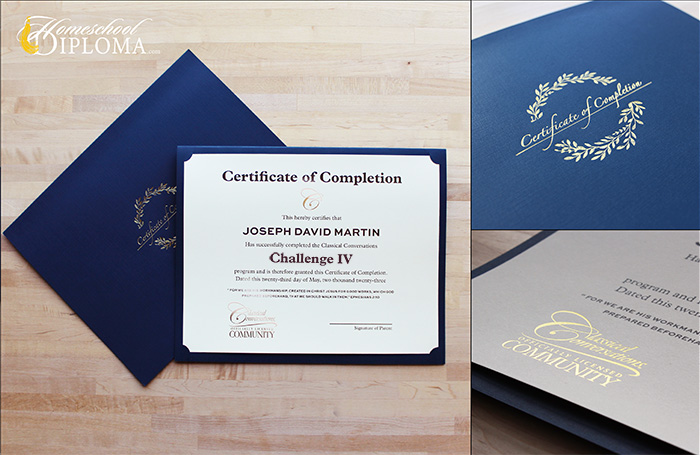Most of our modern graduation traditions come from customs established in the European universities of the Middle Ages. If you’ve ever wondered why we roll diplomas, wear graduation gowns, don (and toss) mortarboard caps, and play Pomp and Circumstance, this article will satisfy your curiosity.
Since the start of the Western university system in the 1200s, many different graduation traditions have taken hold in our American culture. Here are a few fascinating facts about the traditions surrounding a graduation ceremony, most of which we carry even into modern-day homeschool graduations.
1. The Graduation Cap
The cap, often called a mortarboard, is believed to have developed from the biretta. You’ve seen the biretta. It’s the square, upright cap with three or four peaks worn by the Roman Catholic clergy and academics, typically in red or black. Caps were popular for students and artists to wear in the fourteenth and fifteenth century to show their superiority and intelligence. Originally the mortarboard, called that because of its similarity to the mortar board used by bricklayers, was only allowed to be worn by those who had achieved their master or doctorate degrees. Today all graduates, not just those with masters or doctorate degrees wear the mortarboard.
2. The Graduation Gown
The graduation, or scholar’s, gown began to be worn in the twelfth century with the rise of universities. Since the original universities of the Middle Ages had poor heating, scholars wore long gowns with hoods to keep warm. Since most of the scholars were also clerics, they tended to wear their clerical robes. After all, clothing in the twelfth century was rather expensive.
The dress of scholars became highly uniform at Cambridge and Oxford by the time of Henry VIII. The schools dictated how their scholars would appear. Up until the 1800s the color for these robes was black. In the 1800s a system of colors designating what students had studied was developed. In higher education ceremonies today, these colors usually show up in the velvet edge on the robe. For instance,a graduate with a medical degree will have a green velvet edge while a graduate with a law degree with have a purple velvet edge.
3. The Class Ring
The first class ring appeared in 1835 when the U.S. academy West Point had them made. The first rings were designed to represent the school. All graduates of a particular school wore the same style ring. Eventually, rings began to be personalized. Now class rings are designed to represent the interests and style of the individual graduate. They come with a variety of options from the decorations on the side of the ring, the choice of metals, and the stone.
4. Pomp and Circumstance
Pomp and Circumstance, written by Sir Edward Elgar in 1901, is also known as Land of Hope and Glory. The tune was modified and lyrics were added to celebrate the crowning of King Edward the VII. When Sir Edgar received an honorary doctorate from Yale University in 1905, Pomp and Circumstance was played in honor of his accomplishments. The piece quickly became fashionable to play at other commencements and has continued to be the traditional musical selection for any graduation processional or recessional.
5. The Diploma
Over the years you may have heard the diploma being called a sheepskin. Originally diplomas were hand-written on paper-thin sheepskin before being rolled and tied with a ribbon. This practiced ended about 100 years ago when diplomas began to be printed on parchment paper instead, and the sizes were standardized. Diploma covers were developed to protect, store and display the diploma. But the idea of rolling a diploma persists because of this old tradition. Often when a ceremony is held before grades are finalized, a rolled, ribbon-tied paper is handed to the graduate to represent the diploma that will be mailed to them after the ceremony.
6. The Tassel
The tassel has been worn on the cap for centuries, but it’s only in the last 40 or 50 years that it has been moved from the right side of the cap before receipt of the diploma to the left side of the cap after receipt of the diploma. Moving the tassel from the right side to the left symbolizes the movement from being a candidate of a degree to a recipient of the degree.
7. Tossing the Cap
Tossing the cap in the air after graduation was started by the U.S. Naval Academy in 1912. Prior to 1912, graduates of the naval academy spent two years as midshipmen and needed to keep their midshipman’s hats to wear. In 1912 the decision was made to immediately commission the graduates as officers. The graduates no longer needed their old hats because they would now wear new officer hats. So the old midshipman hats were thrown into the air after the commencement ceremony. Throwing caps in the air quickly became popular, resulting in the tradition of graduates of all kinds tossing their caps into the air after commencement.


